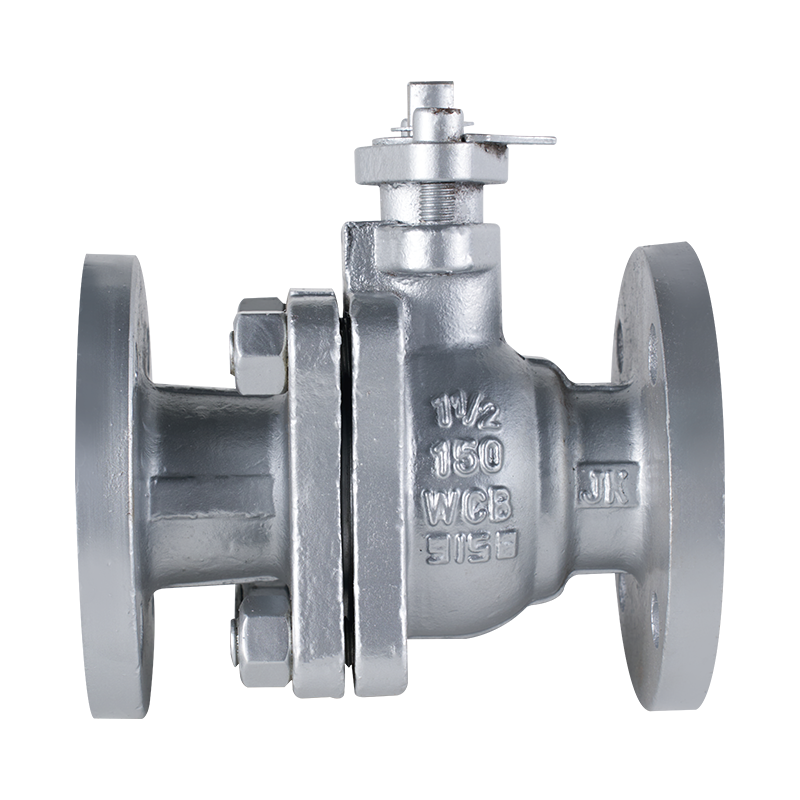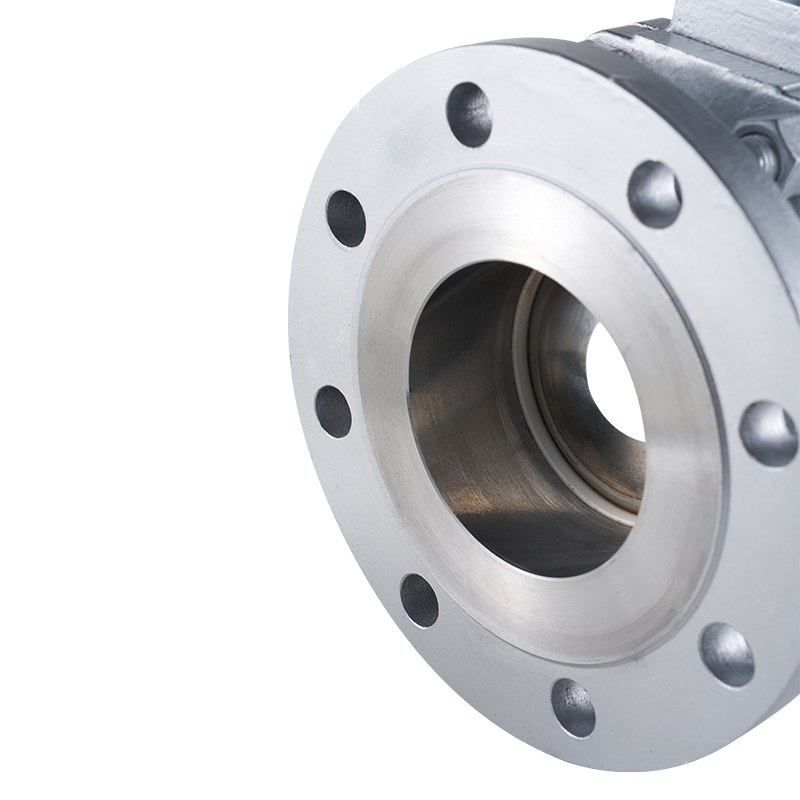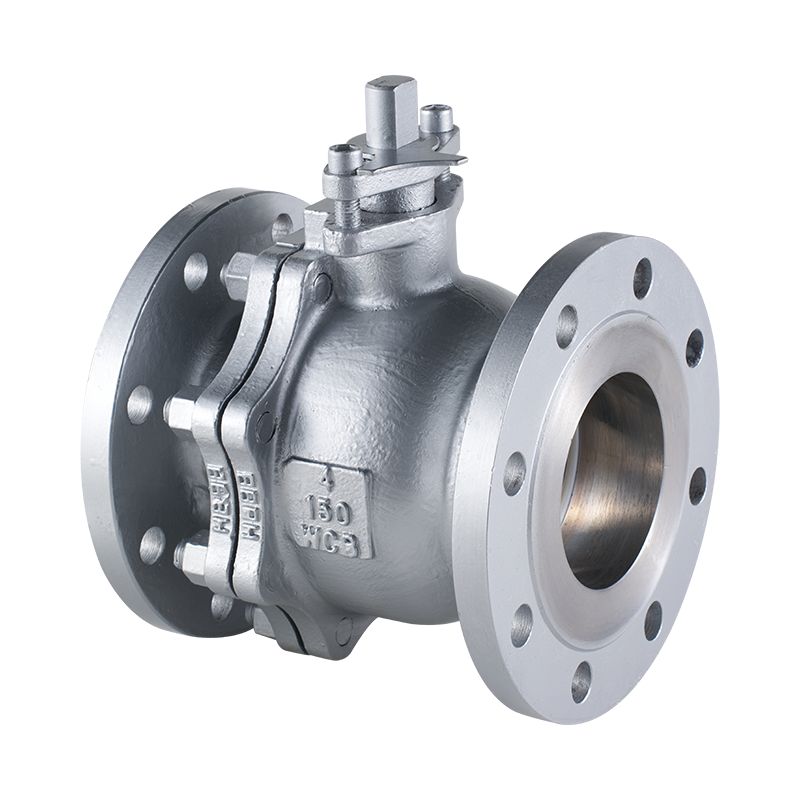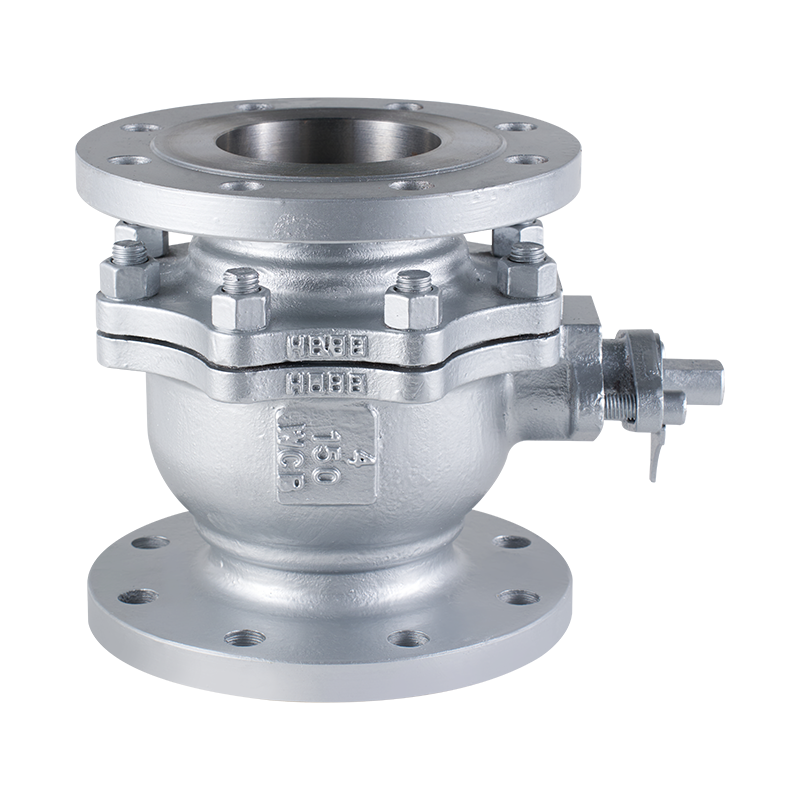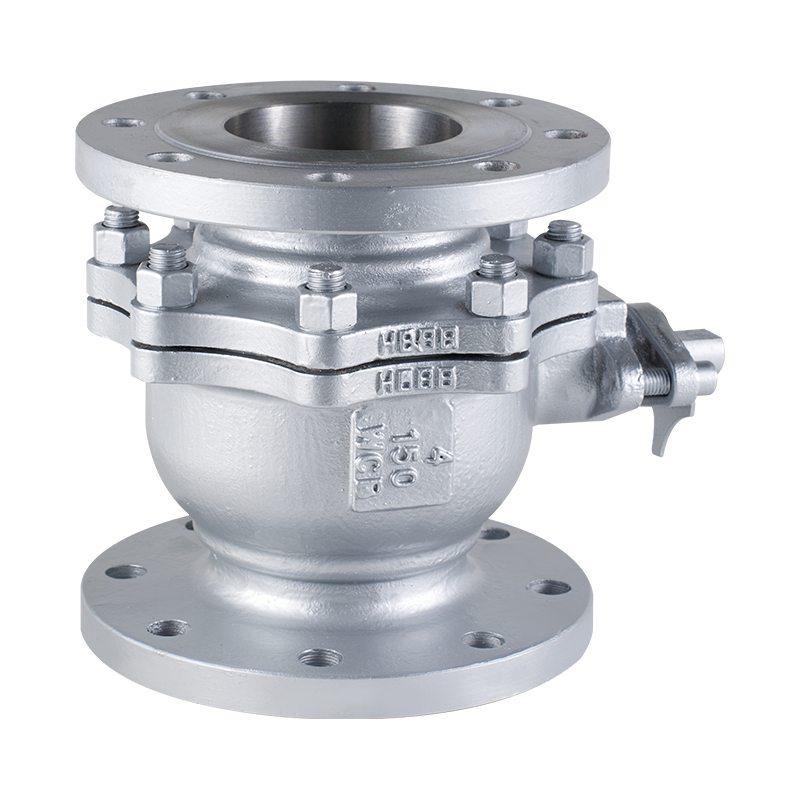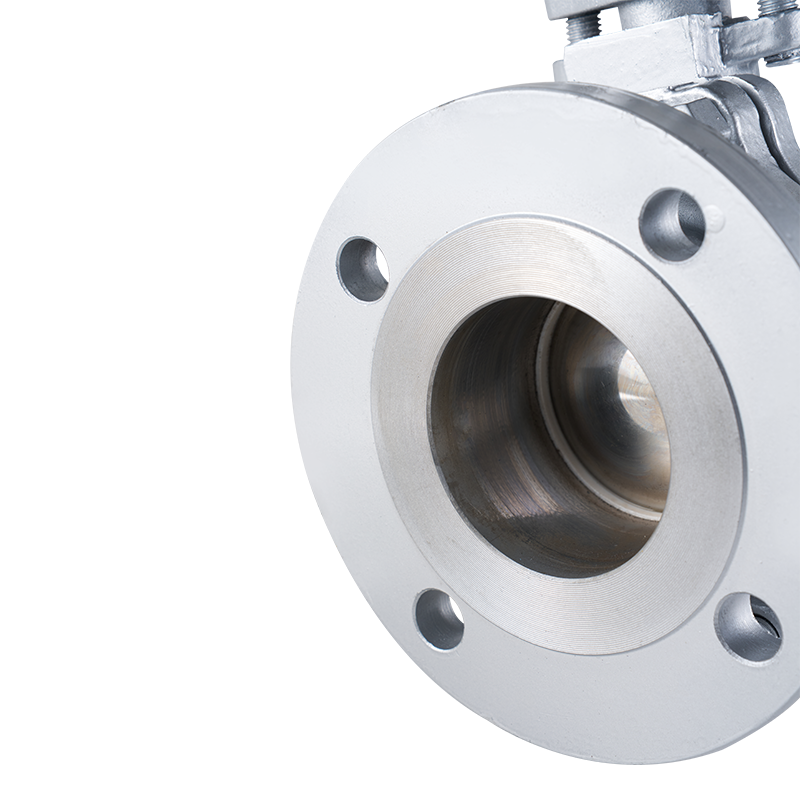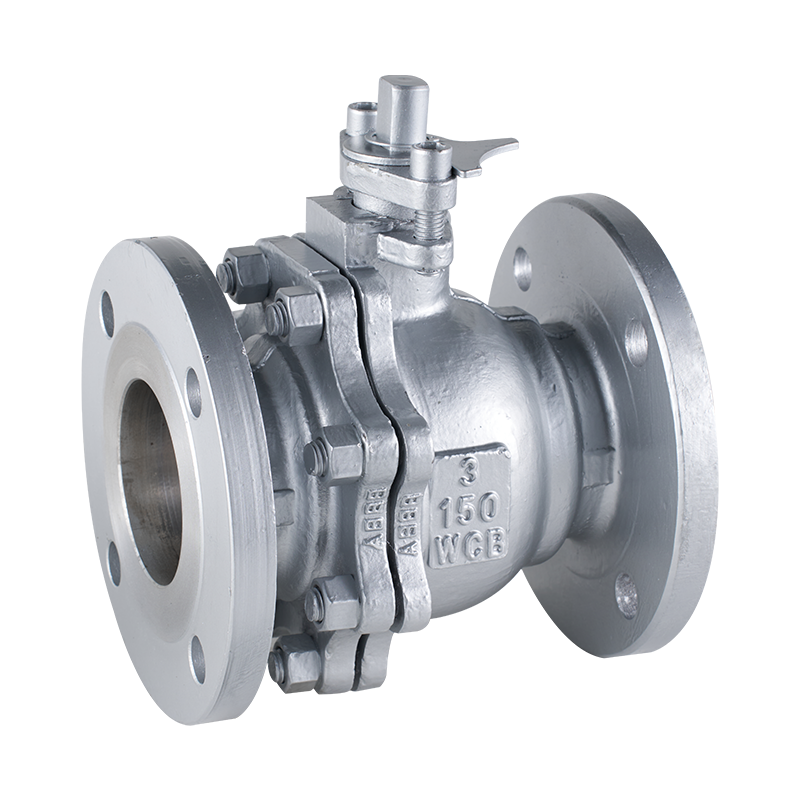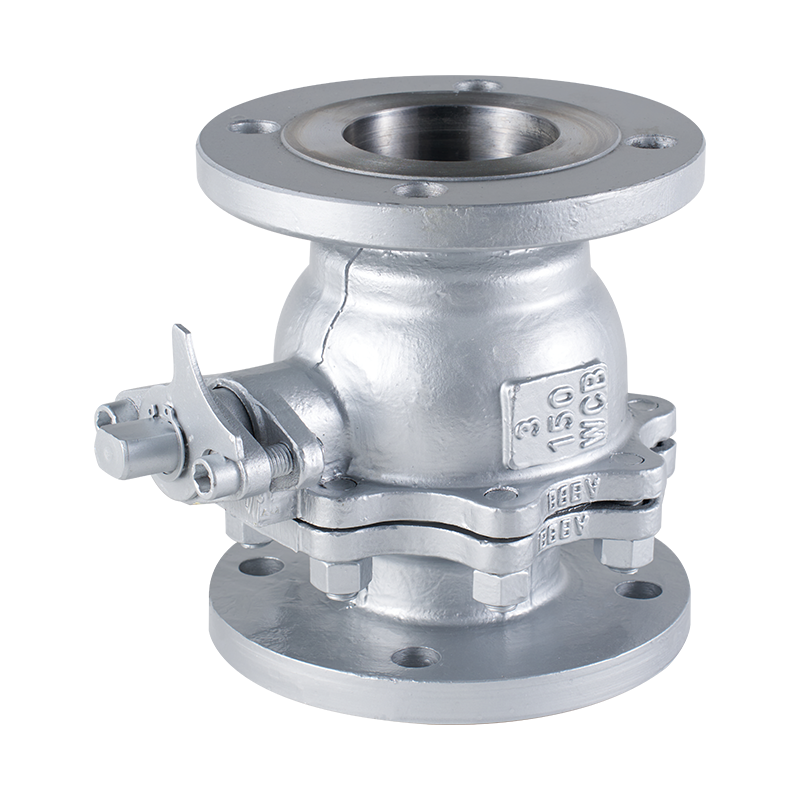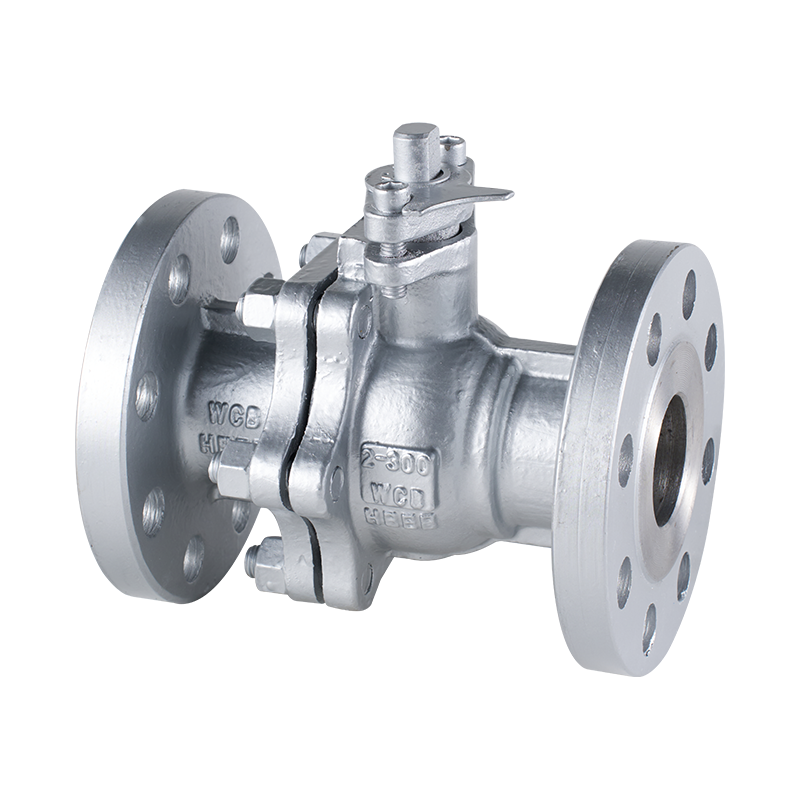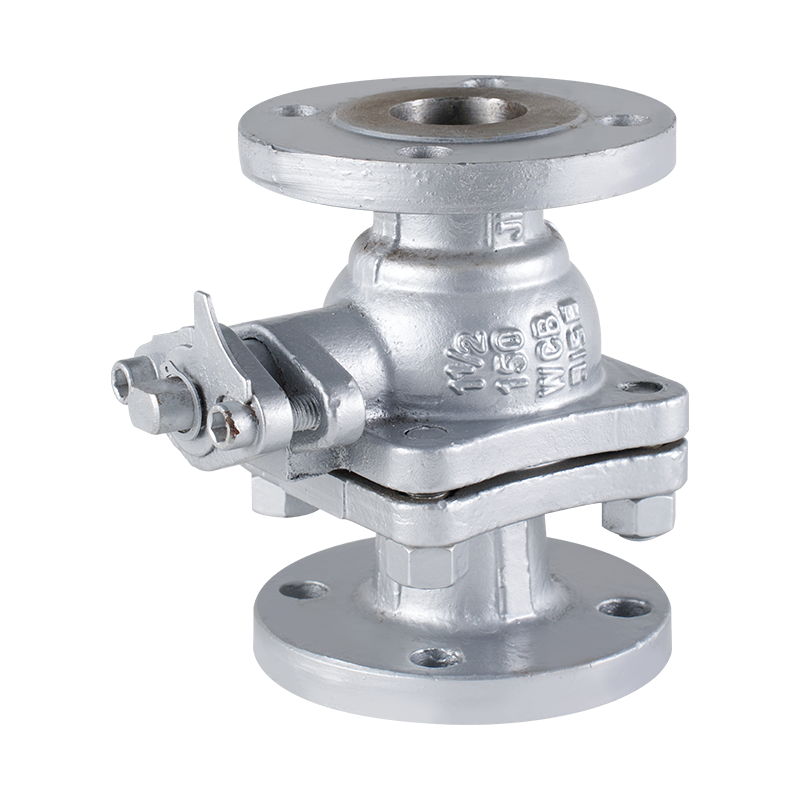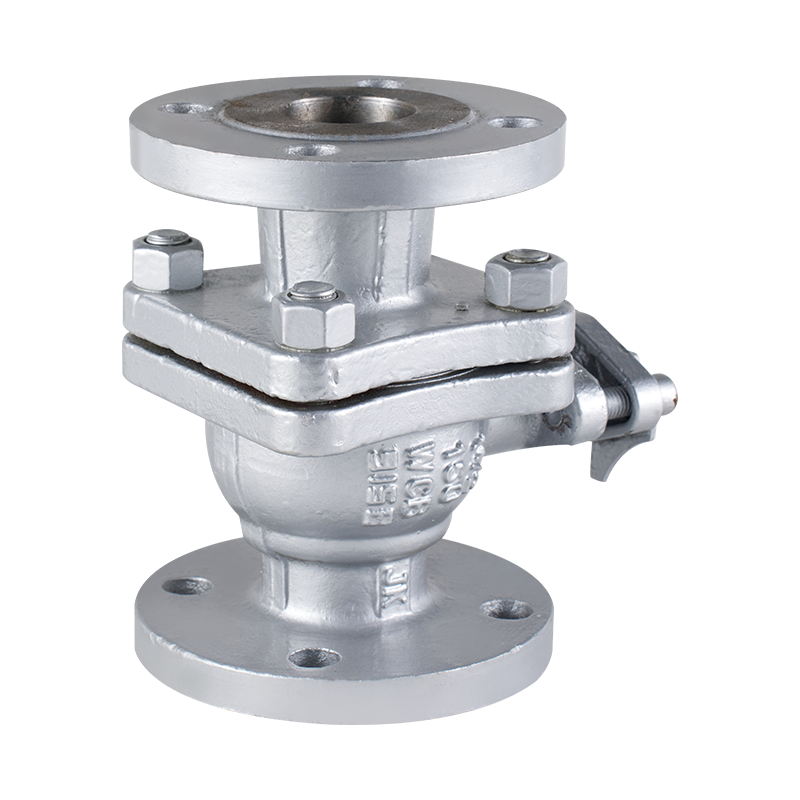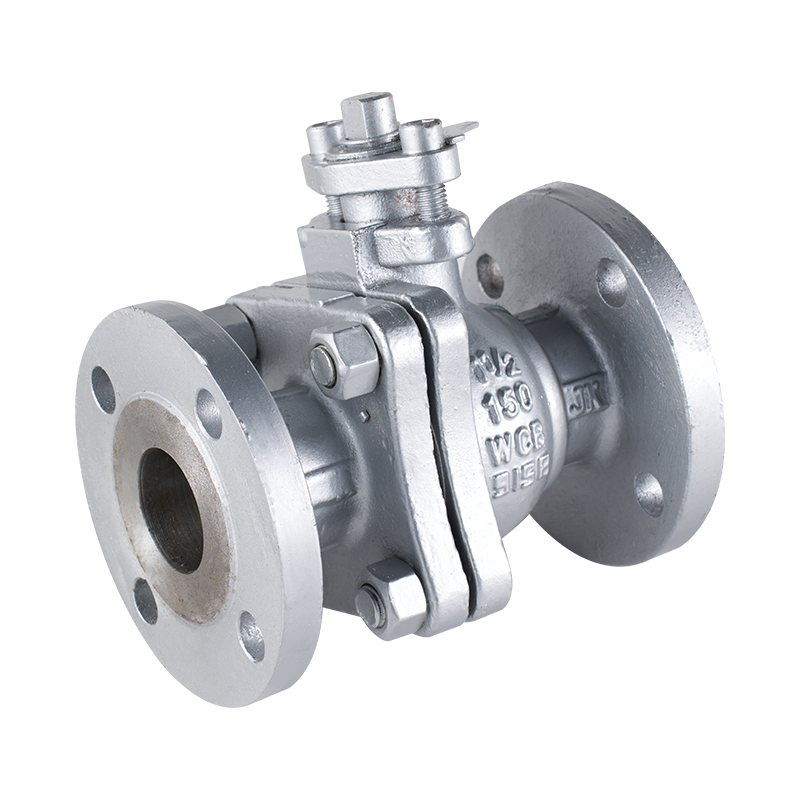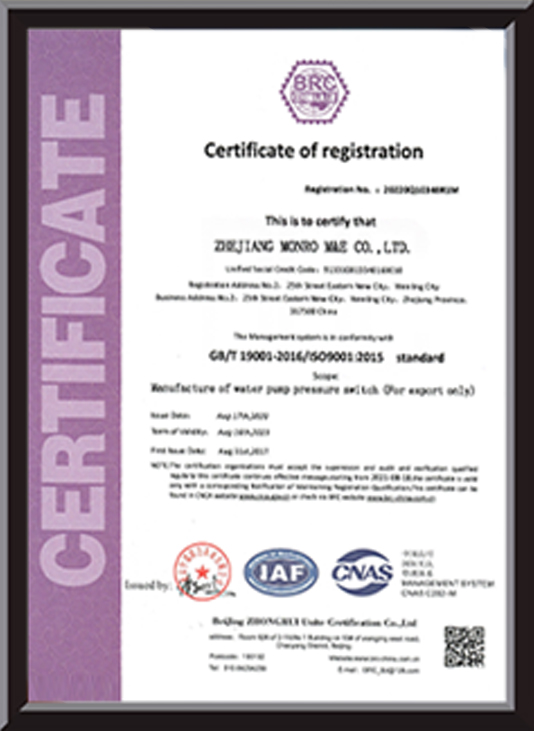Cast Steel Flange Ball Valves are a like choice in industries where high pressure and temperature control are required. These valves offer a range of benefits that make them ideal for various applications.
Cast Steel Flange Ball Valve
1. Material Strength and Durability:
Cast steel flange ball valves are made from high-quality cast steel, which provides outstanding strength and durability. This material is chosen for its ability to withstand high pressures and temperatures, making the valves suitable for use in severe service conditions.
2. Flanged Connections:
The flanged design of these ball valves allows for easy installation and maintenance. Flanges provide a strong, leak-free connection to pipes, ensuring that the valve can be securely integrated into a system without the risk of leakage.
3. Precision Engineering:
Cast steel flange ball valves are precision-engineered to ensure a good seal every time. The ball within the valve is machined to tight tolerances, ensuring that it rotates smoothly and seals effectively, even under high pressure.
4. Versatility in Applications:
These valves are versatile and can be used in a wide range of applications, including oil and gas, petrochemical, water treatment, and power generation industries. Their ability to handle various types of fluids, including gases, liquids, and slurries, makes them a popular choice.
5. Long Service Life:
Due to the robust construction and high-quality materials used, cast steel flange ball valves have a long service life. They are designed to withstand the test of time, reducing the need for frequent replacements and less downtime.
6. Ease of Operation:
The operation of cast steel flange ball valves is straightforward, requiring less maintenance. The ball can be easily rotated 90 degrees to open or close the valve, providing quick and precise control over fluid flow.
7. High-Performance Seals:
These valves often feature high-performance seals that are resistant to a variety of chemicals and temperatures. This ensures that the valve maintains a tight seal even in the presence of aggressive fluids, preventing leaks and ensuring safety.
8. Corrosion Resistance:
Cast steel is known for its resistance to corrosion, which is crucial in environments where the valve may be exposed to corrosive fluids. This resistance extends the life of the valve and reduces the need for costly repairs or replacements.
9. Safety Features:
Safety is a important concern in industries where these valves are used. Cast steel flange ball valves often come with features such as blow-out-proof stems and fire-safe designs, which prevent the valve from becoming a hazard in the event of a system failure.
10. Environmental Compatibility:
These valves are designed with environmental considerations in mind. They are capable of handling fluids that are sensitive to environmental conditions, ensuring that the valve does not contribute to pollution or environmental damage.
11.Customizability: Cast steel flange ball valves can be customized to meet specific application requirements. This includes variations in size, pressure rating, and material composition to suit different fluid types and operating conditions.
In conclusion, cast steel flange ball valves offer a combination of strength, durability, and performance that makes them an good choice for a wide range of industrial applications. Their ability to withstand high pressures and temperatures, coupled with their precision engineering, makes them a reliable and cost-effective solution for controlling fluid flow in demanding environments.
Performance specification
| Material name | Applicable temperature | Applicable medium |
| CF8 | ≤150℃ | Nitric Acid |
| 0Cr18Ni9 | Nitric Acid | |
| CF8M | Nitric Acid | |
| 0Cr18Ni12Mo2Ti | Nitric Acid | |
| CF3 | Nitric Acid | |
| 00Cr18Ni10 | Nitric Acid | |
| CF3M | Nitric Acid | |
| 00Cr17Ni14Mo2 | Nitric Acid |
Implementation standard
| Project | Design and production | Pressure and temperature grade |
| Standard | API 6D | ANSI B16.34 |
| Flange standard | Structural length | Inspection and test |
| ANSI B16.5 | ANSI B16.10 | API 598 |
Test pressure
| Type | Mpa | Pai |
| Strength test | 7.5 | 1125 |
| High pressure seal test (water) | 5.5 | 815 |
| Low pressure seal test (air) | 5-7 bar | |
Test pressure (API 1598)
| Type | Mpa | Pai |
| Strength test | 3.0 | 450 |
| High pressure seal test (water) | 2.2 | 314 |
| Low pressure seal test (air) | 5-7 bar | |
150Lb overall dimensions and connection dimensions (mm)
| Nominal diameter | Unit pressure level | L | D | D1 | D2 | H | b | Z-φd | D0 | |
| In | mm | |||||||||
| 1/2" | 15 | 150-Lb | 108 | 90 | 60.5 | 35 | 72 | 12 | 4-16 | 115 |
| 10-k | 108 | 95 | 70 | 51 | 72 | 12 | 4-15 | 115 | ||
| 3/4" | 20 | 150-Lb | 117 | 100 | 70 | 43 | 76 | 13.5 | 4-16 | 115 |
| 10-k | 117 | 100 | 75 | 56 | 76 | 14 | 4-15 | 115 | ||
| 1" | 25 | 150-Lb | 127 | 110 | 79.5 | 51 | 92 | 15 | 4-16 | 150 |
| 10-k | 127 | 125 | 90 | 67 | 92 | 14 | 4-19 | 150 | ||
| 11/2" | 40 | 150-Lb | 165 | 125 | 98.5 | 73 | 123 | 18 | 4-16 | 200 |
| 10-k | 165 | 140 | 105 | 81 | 123 | 16 | 4-19 | 200 | ||
| 2" | 50 | 150-Lb | 178 | 150 | 120.5 | 92 | 132 | 19.5 | 4-19 | 200 |
| 10-k | 178 | 155 | 120 | 96 | 132 | 16 | 4-19 | 200 | ||
| 21/2" | 65 | 150-Lb | 190 | 180 | 139.5 | 105 | 164 | 23 | 4-19 | 320 |
| 10-k | 190 | 175 | 140 | 116 | 164 | 18 | 4-19 | 320 | ||
| 3" | 80 | 150-Lb | 203 | 190 | 152.5 | 127 | 173 | 24.5 | 4-19 | 320 |
| 10-k | 203 | 185 | 150 | 126 | 173 | 18 | 8-19 | 320 | ||
| 4" | 100 | 150-Lb | 229 | 230 | 190.5 | 157 | 210 | 24.5 | 8-19 | 450 |
| 10-k | 229 | 210 | 175 | 151 | 210 | 18 | 8-19 | 450 | ||
| 6" | 150 | 150-Lb | 394 | 280 | 241.5 | 216 | 288 | 16 | 8-22 | 800 |
| 10-k | 394 | 280 | 240 | 212 | 288 | 22 | 8-23 | 800 | ||
| 8" | 200 | 150-Lb | 457 | 345 | 298.5 | 270 | 374 | 29 | 8-22 | 1120 |
| 10-k | 457 | 330 | 290 | 262 | 374 | 22 | 12-23 | 1120 | ||
| 10" | 250 | 150-Lb | 533 | 405 | 362 | 324 | 366 | 31 | 12-25 | 1420 |
| 10-k | 533 | 400 | 355 | 324 | 366 | 24 | 12-25 | 1420 | ||
| 12" | 300 | 150-Lb | 610 | 485 | 432 | 381 | 412 | 32.5 | 12-25 | 1420 |
| 10-k | 610 | 445 | 400 | 368 | 412 | 24 | 16-25 | 1420 | ||
300Lb overall dimensions and connection dimensions (mm)
| Nominal diameter | Unit pressure level | L | D | D1 | D2 | H | b | Z-φd | D0 | |
| In | mm | |||||||||
| 1/2" | 15 | 300-Lb | 140 | 95 | 66.5 | 35 | 72 | 15 | 4-16 | 100 |
| 20-k | 140 | 95 | 70 | 51 | 72 | 14 | 4-15 | 100 | ||
| 3/4" | 20 | 300-Lb | 152 | 115 | 82.5 | 43 | 76 | 16.5 | 4-19 | 100 |
| 20-k | 152 | 100 | 75 | 56 | 76 | 16 | 4-15 | 100 | ||
| 1" | 25 | 300-Lb | 165 | 125 | 89 | 51 | 92 | 18 | 4-19 | 140 |
| 20-k | 165 | 125 | 90 | 67 | 92 | 16 | 4-19 | 140 | ||
| 11/2" | 40 | 300-Lb | 190 | 155 | 114.5 | 73 | 123 | 21.5 | 4-22 | 200 |
| 20-k | 190 | 140 | 105 | 81 | 123 | 18 | 4-19 | 200 | ||
| 2" | 50 | 300-Lb | 216 | 165 | 127 | 92 | 132 | 23 | 8-19 | 200 |
| 20-k | 216 | 155 | 120 | 96 | 132 | 18 | 8-19 | 200 | ||
| 21/2" | 65 | 300-Lb | 241 | 190 | 149 | 105 | 164 | 26 | 8-22 | 250 |
| 20-k | 241 | 175 | 140 | 116 | 164 | 20 | 8-19 | 250 | ||
| 3" | 80 | 300-Lb | 283 | 210 | 168.5 | 127 | 173 | 29 | 8-22 | 250 |
| 20-k | 283 | 200 | 160 | 132 | 173 | 22 | 8-23 | 250 | ||
| 4" | 100 | 300-Lb | 305 | 255 | 200 | 157 | 210 | 32.5 | 8-22 | 250 |
| 20-k | 305 | 225 | 185 | 160 | 210 | 24 | 8-23 | 250 | ||
| 6" | 150 | 300-Lb | 403 | 320 | 270 | 216 | 336 | 37 | 12-22 | 350 |
| 20-k | 403 | 305 | 260 | 230 | 336 | 28 | 12-25 | 350 | ||
| 8" | 200 | 300-Lb | 502 | 380 | 330 | 270 | 385 | 42 | 12-25 | 400 |
| 20-k | 502 | 350 | 305 | 275 | 385 | 30 | 12-25 | 400 | ||
| 10" | 250 | 300-Lb | 568 | 445 | 387.5 | 324 | 370 | 48.5 | 16-29 | 450 |
| 20-k | 568 | 430 | 380 | 345 | 370 | 34 | 12-27 | 450 | ||

With high-quality products, good reputation and high-quality service, our products sell well in more than 20 provinces, cities and autonomous regions in China. We sincerely cooperate with domestic and foreign merchants for win-win cooperation, common development and common prosperity.
In the future, Zhejiang Xiongxiang Valve will continue to uphold the concept of "quality-oriented, customer first", continue to innovate, work together with global partners for win-win results, and create a trustworthy fluid control brand!
-
In power plants, the ability to precisely control the flow of fluids—whether it be steam, water, or gas—is critical to ensuring efficient an...
READ MORE -
Effective flow regulation is essential for preserving cost-effectiveness, safety, and operational efficiency in industrial processes. Among ...
READ MORE -
In the world of industrial fluid control systems, ensuring the reliability of the equipment used is critical. ANSI globe valve and ANSI butt...
READ MORE -
In many industrial fluid systems, two terms routinely appear together: ANSI Y Type Strainer and Cast Steel Y Type Strainer. The former refer...
READ MORE -
Combining ANSI-compliant dimensions and pressure classes with cast steel material ensures that the resulting strainer isn’t just a generic Y...
READ MORE -
When engineers search for reliable filtration solutions in industrial piping, two terms frequently arise: ANSI Y Type Strainer and Cast Stee...
READ MORE

 English
English 中文简体
中文简体


